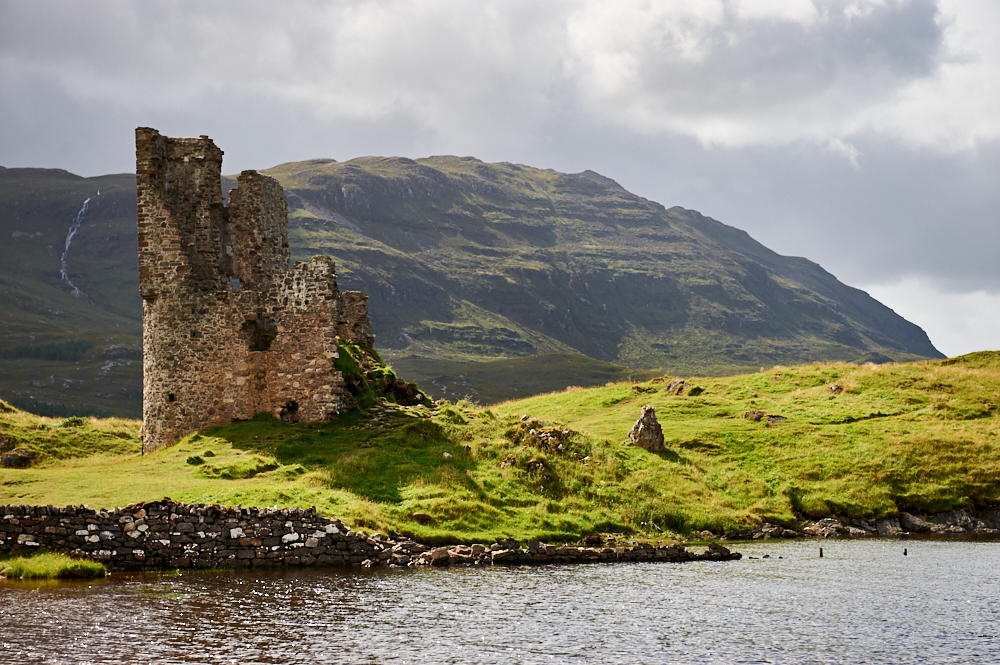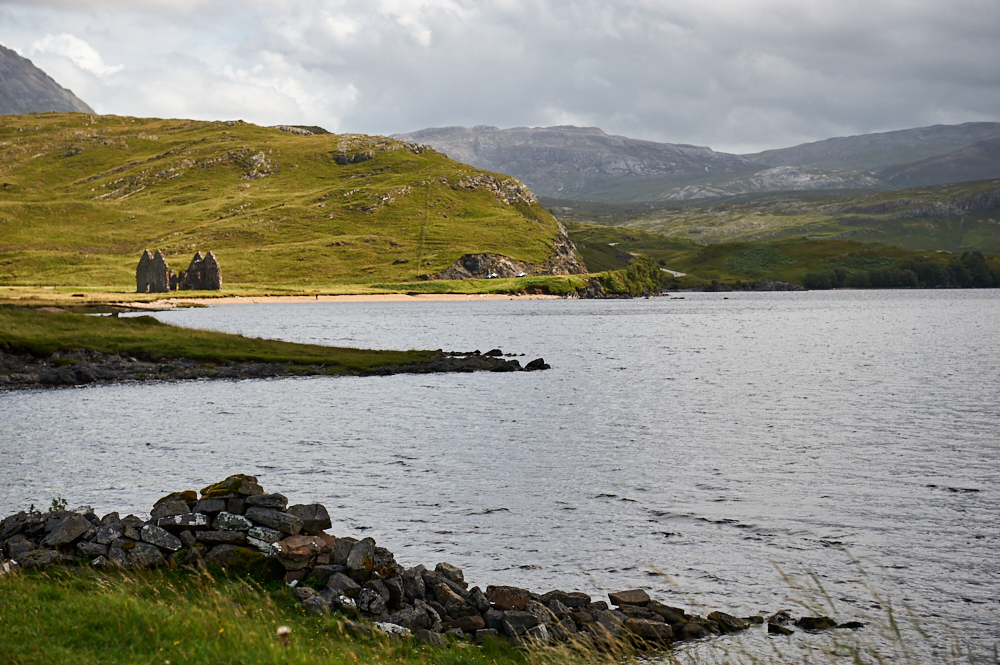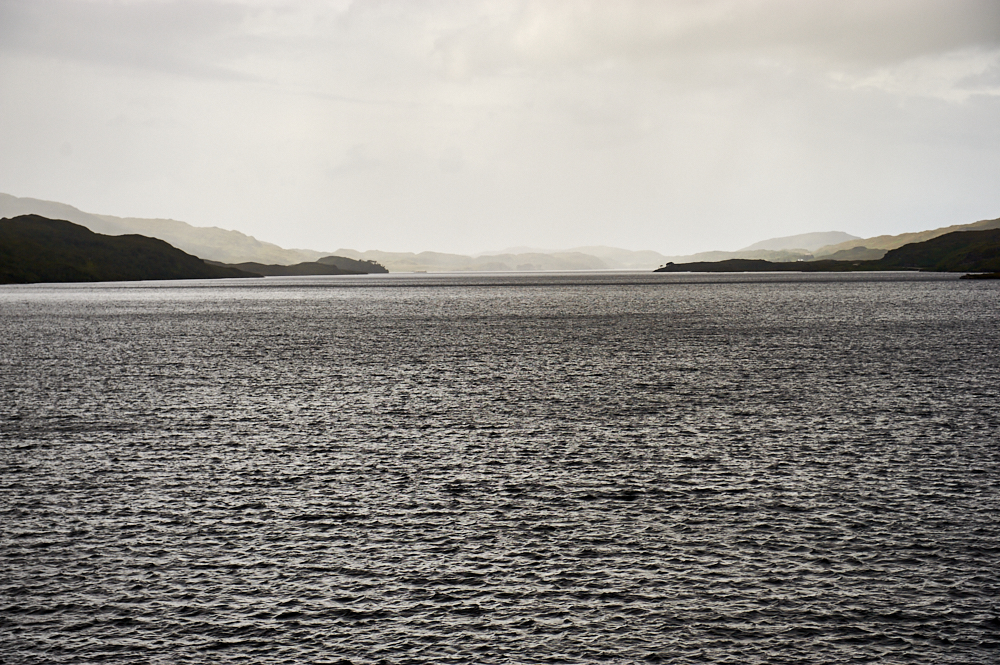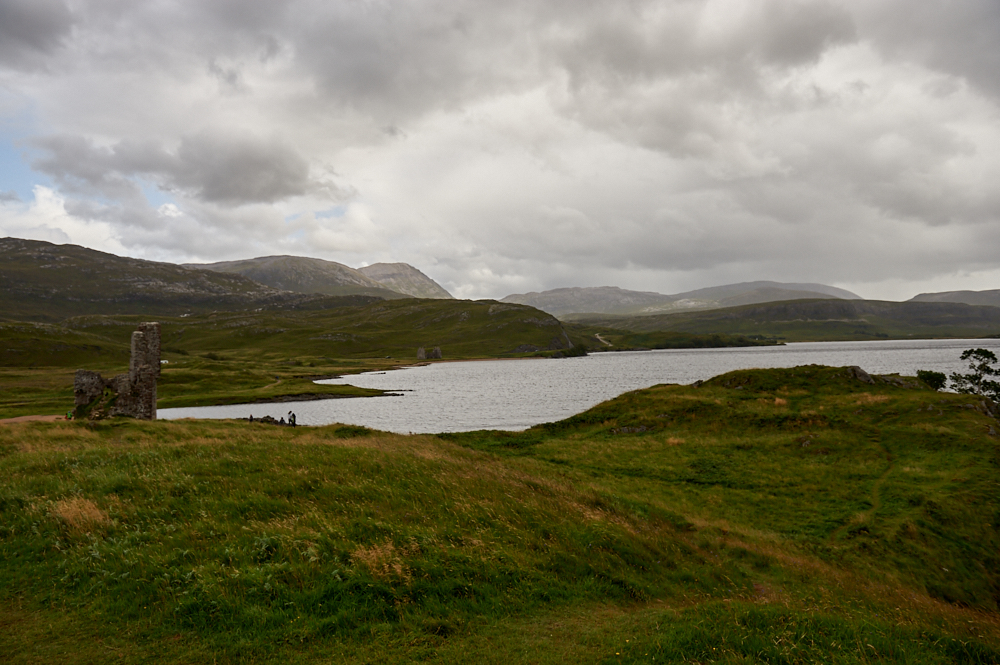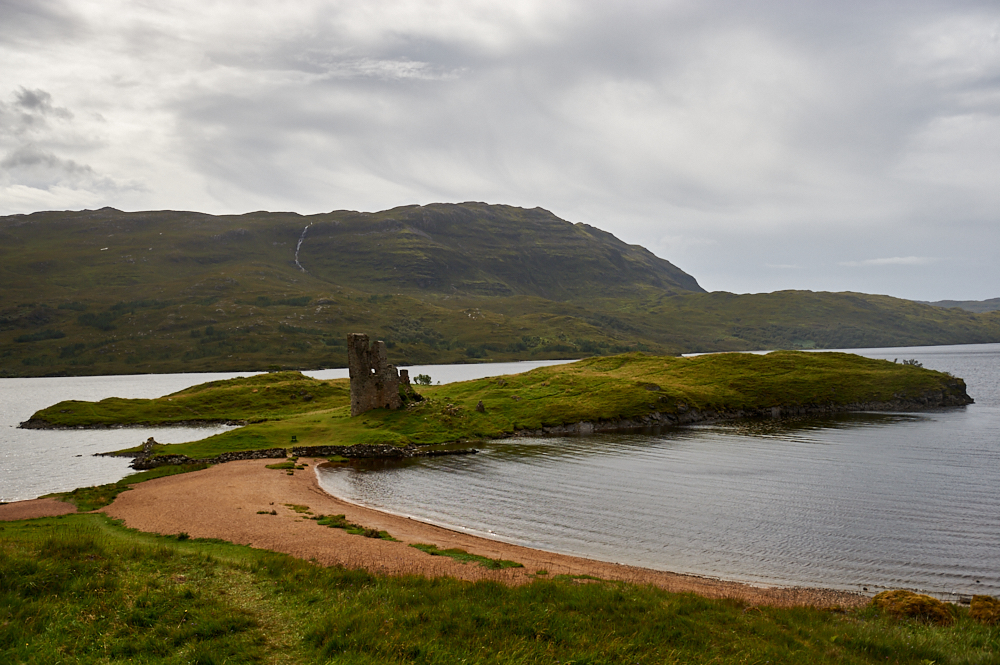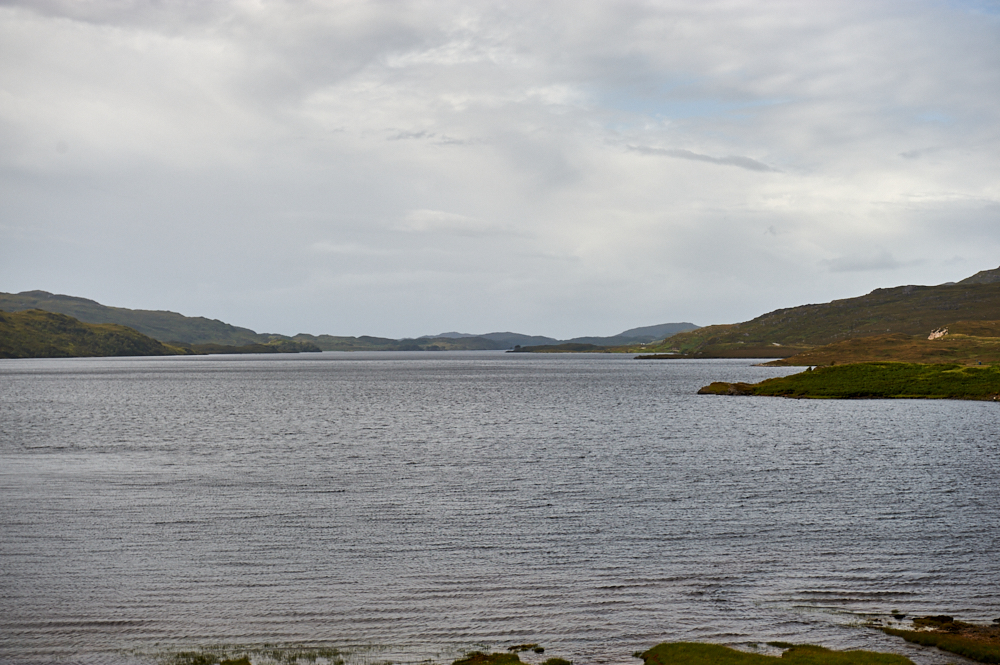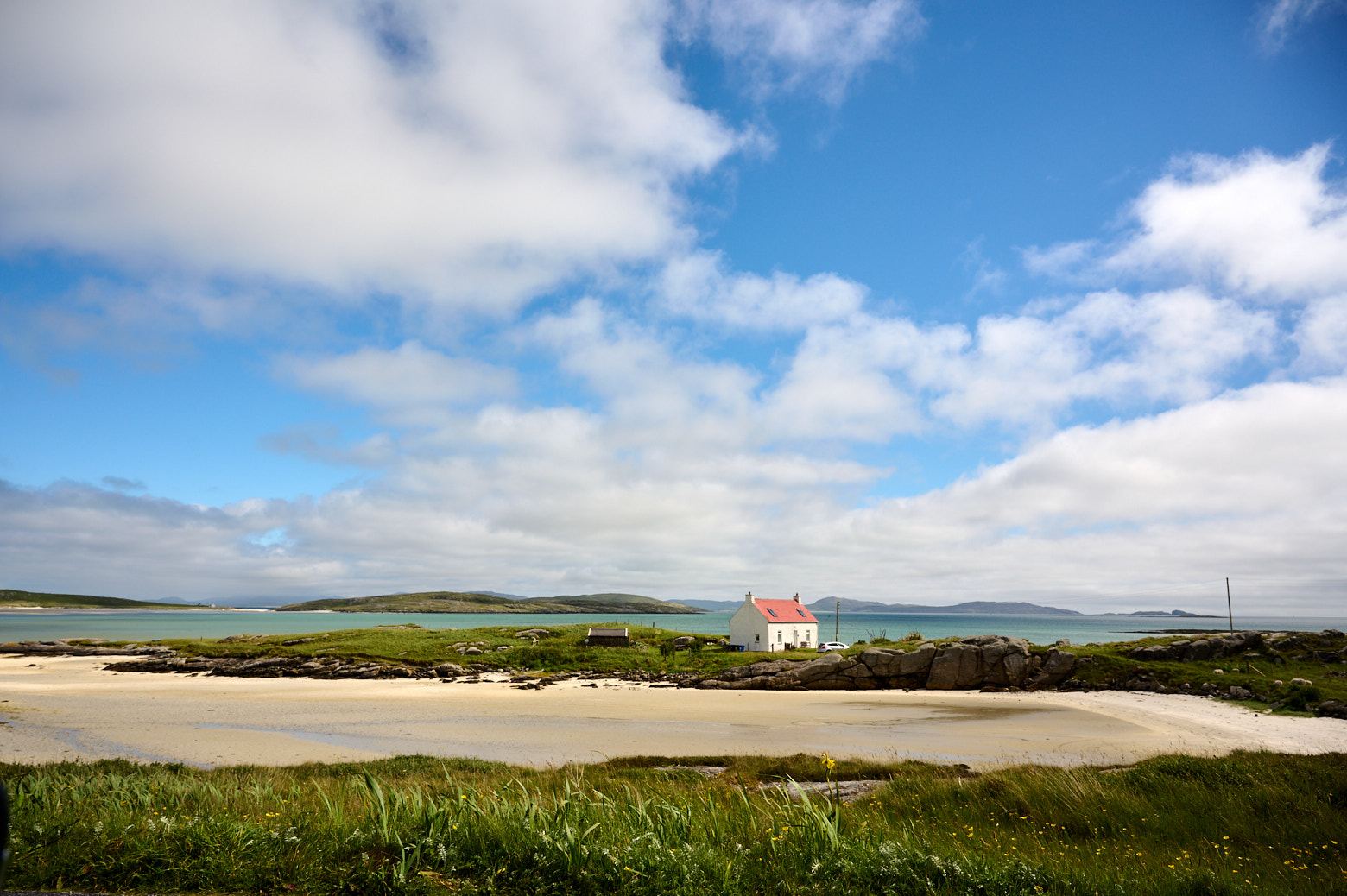
An airport that actually uses the beach as a runway? That´s the airport on the Isle of Barra – and there are actually three runways marked in the sand, so the planes can land no matter from which direction the wind comes.
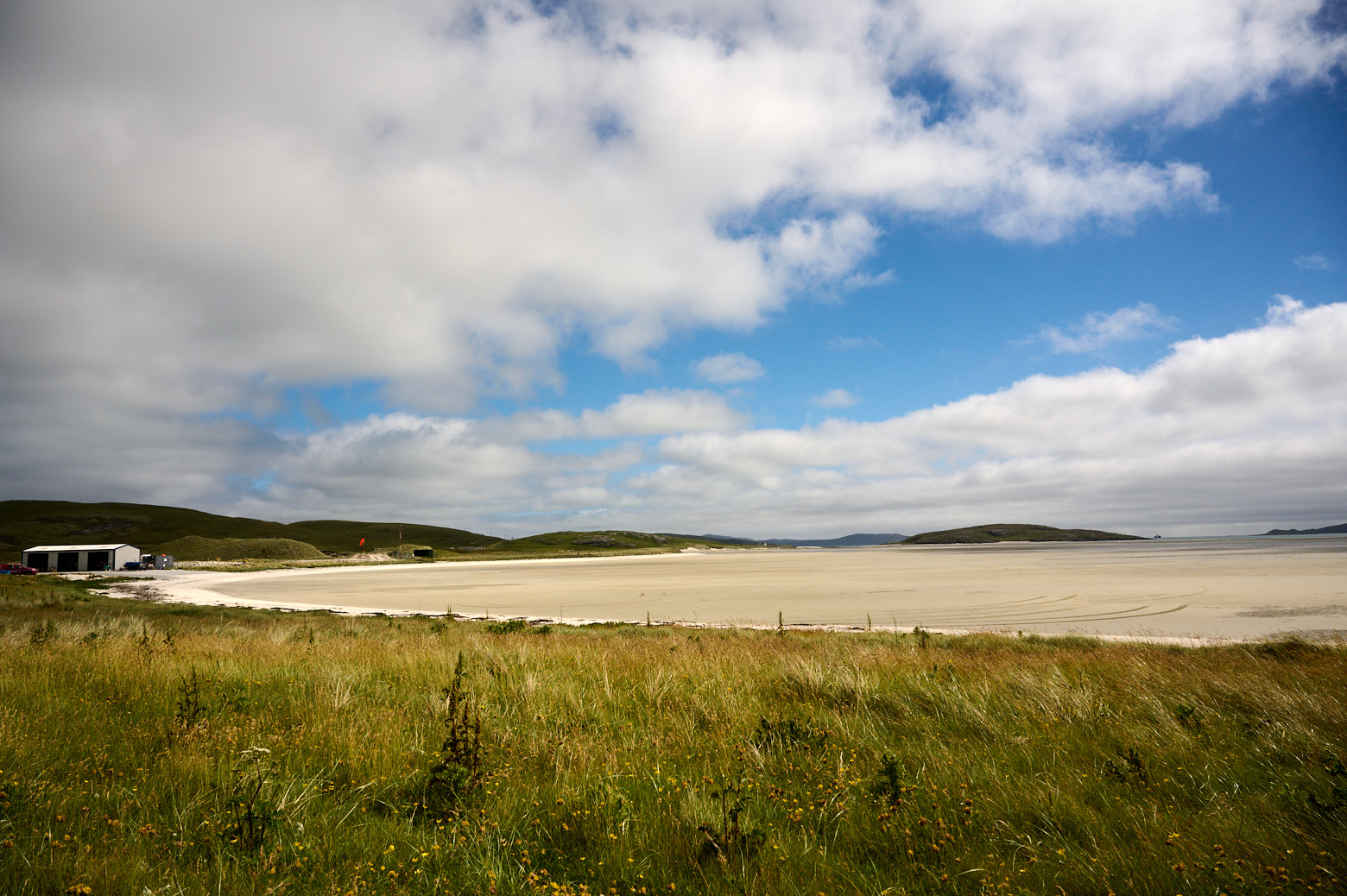
View over Traigh Mhòr towards the airport buildings. The planes come in from Glasgow twice a day and I definitely wasn´t the only one doing a bit of plane-spotting!
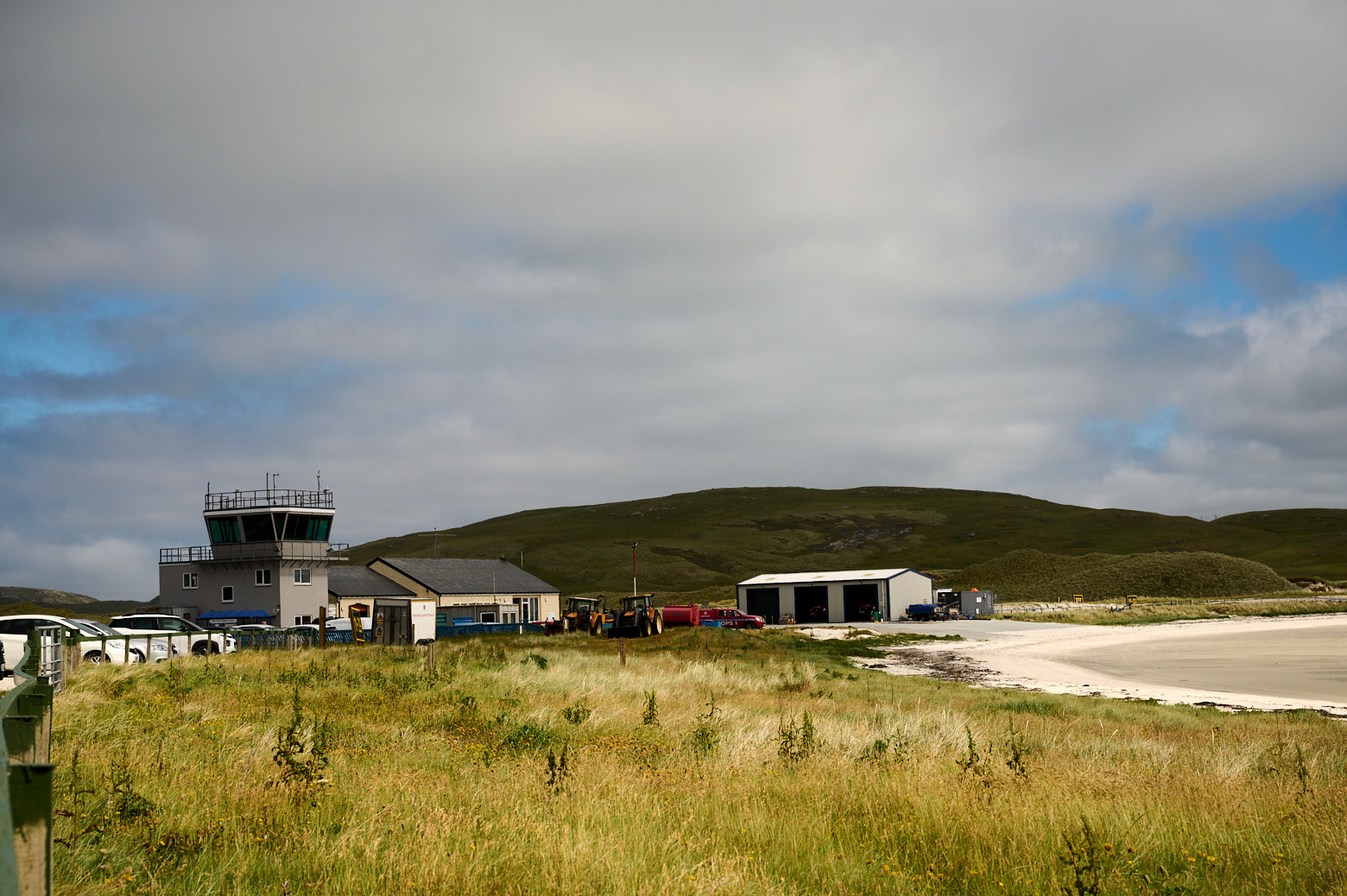
Barra Airport is one of the world’s most distinctive airports with its globally renowned beach runway. Since the airport was built in 1978, passenger numbers have almost doubled from around 7,500 in the late 70s to about 14,800 pre Covid-19. (Barra Airport)

Barra Airport is unique, being the only one in the world where scheduled flights use a tidal beach as the runway. With its schedule governed by the ebb and flow of the tide, Barra is a breath of fresh air compared to other more conventional airports – and its spectacular scenery is second to none. (Barra Airport)
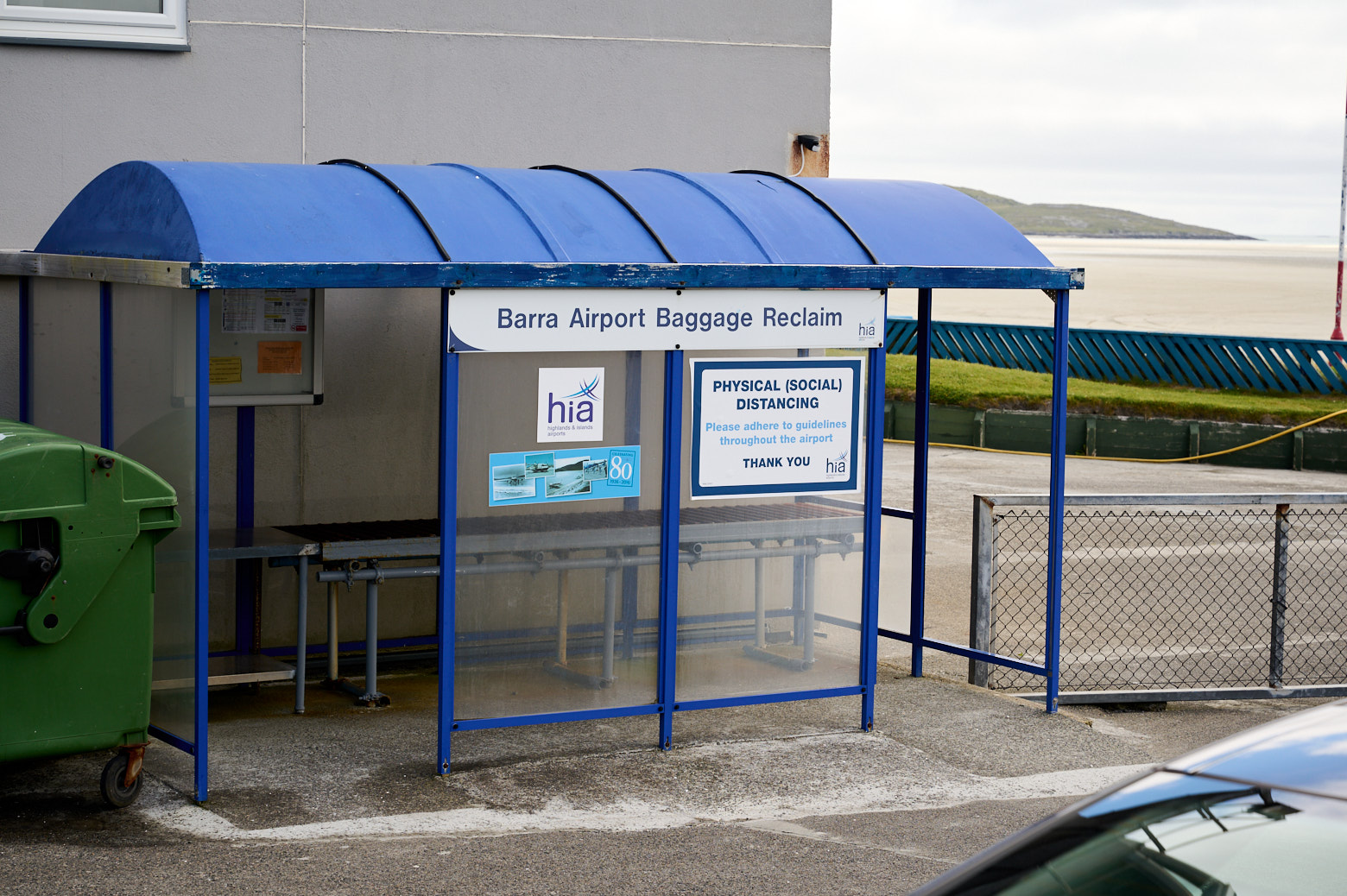
Barra Airport was constructed in 1936 and was officially opened on August 7th, 1936 providing a gateway for residents of the island of Barra who needed an alternative to marine travel which was at the time the only means of accessing the mainland. (worldatlas.com)
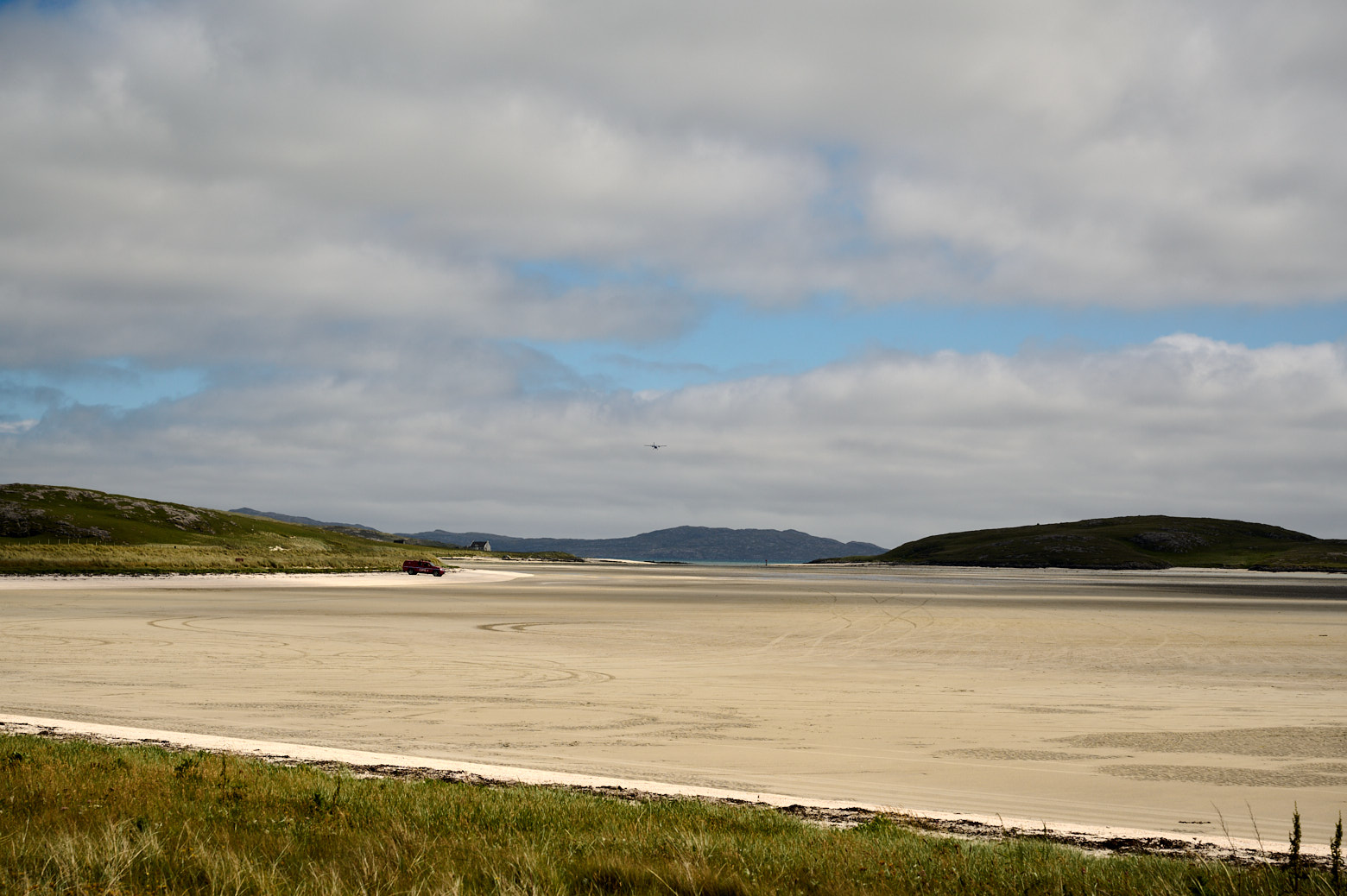
Logan Air, the Scottish Airline connecting the islands started their flights to Barra in 1974 and now also runs the airport.
Barra Airport is comprised of three runways (one more than the runways at London’s Heathrow) with wooden poles placed at their ends for marking. The airport has one small terminal. (worldatlas.com)

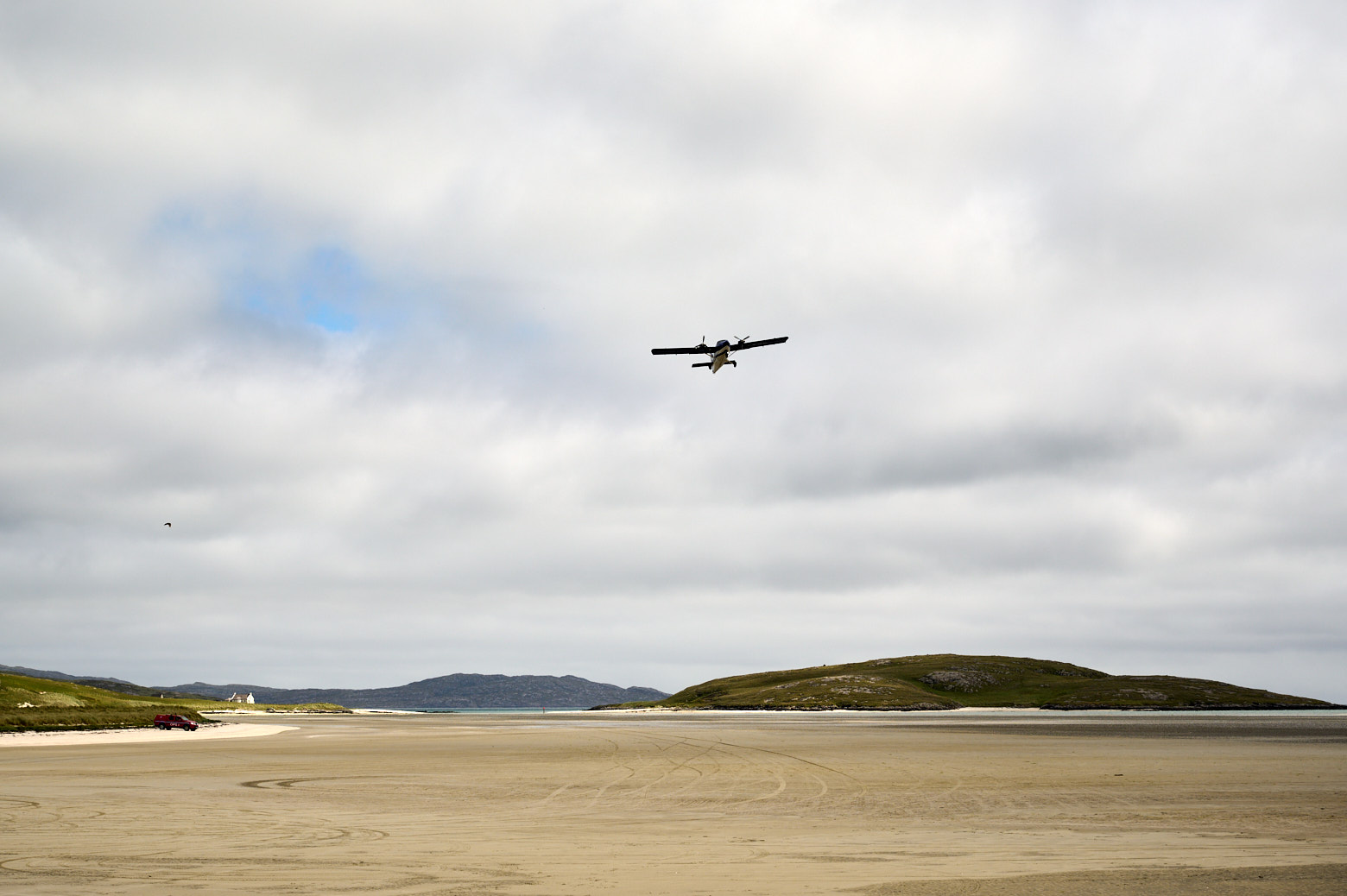
And the plane is off again….
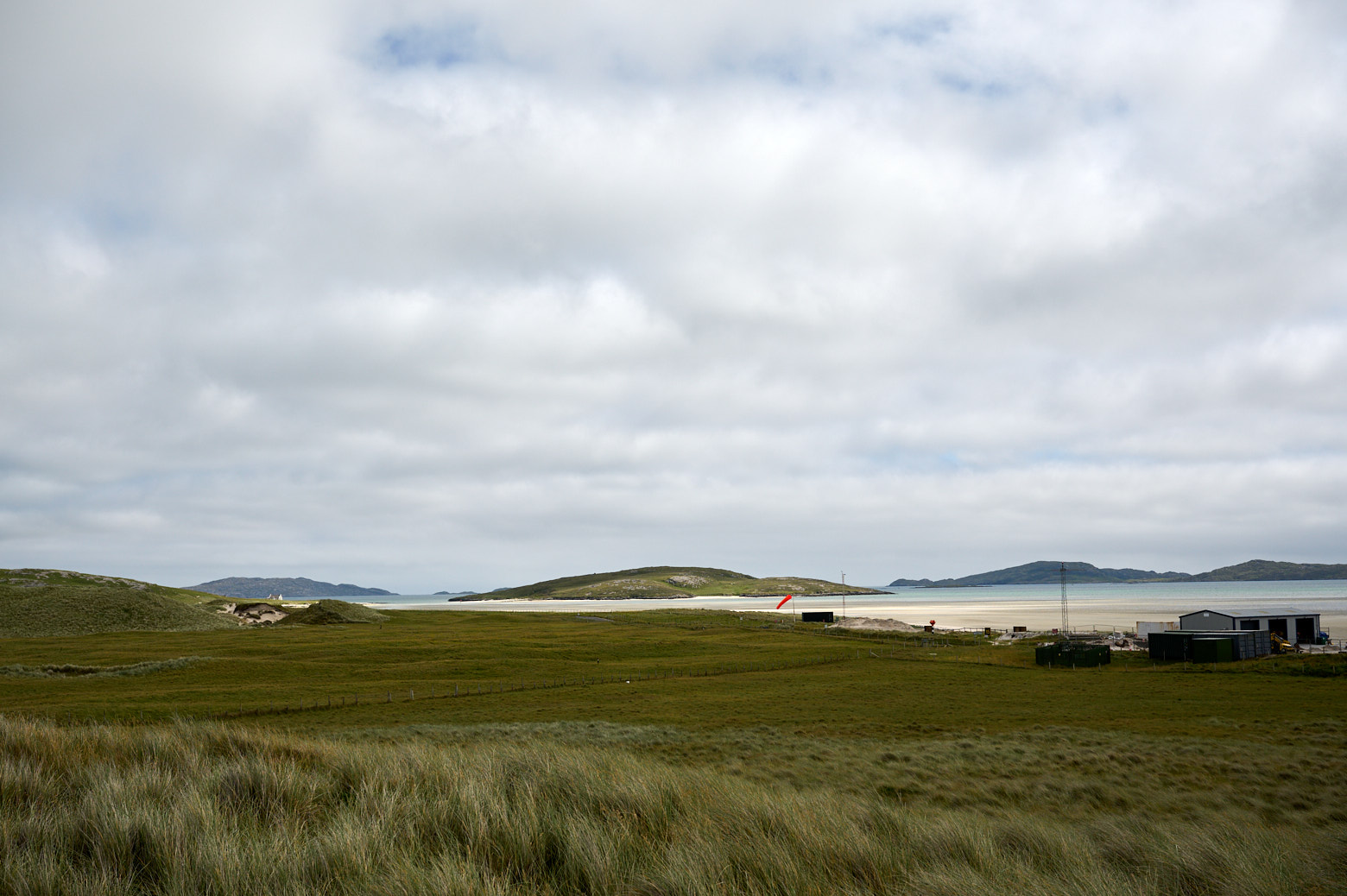
Traigh Eais
While most plane-watcher left after the plane took off again, I turned around and walked over the dunes to Traigh Eais on the other side. A stunning beach, that was almost empty and perfect for a long walk.
Later on, I learned that otters also love that beach, but more during the winter when it is even less busy.
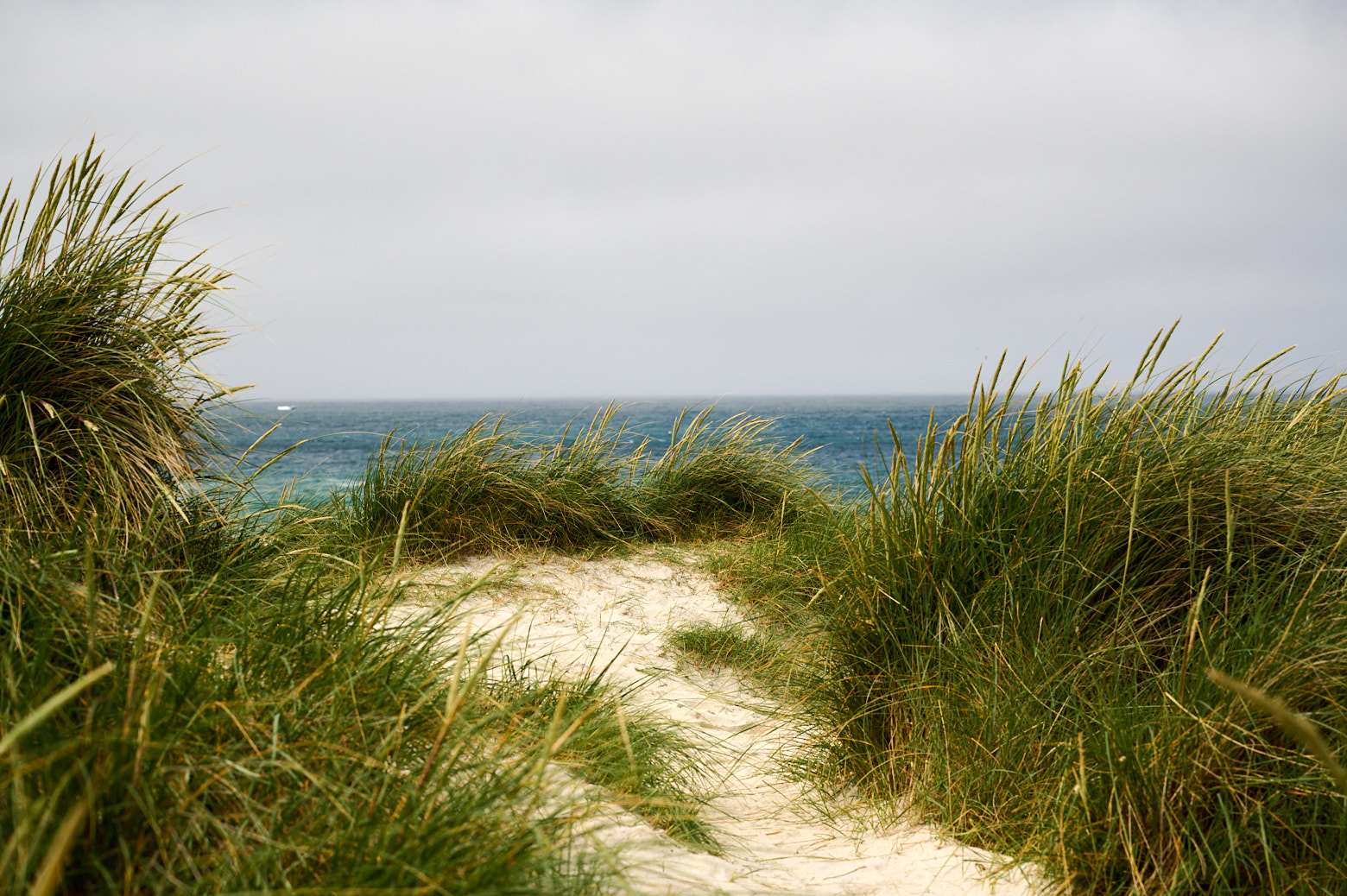

Traigh Eais was also featured in the British movie “Whisky Galore!”, I think most of the movie was shot in Barra, mainly in Castlebay.

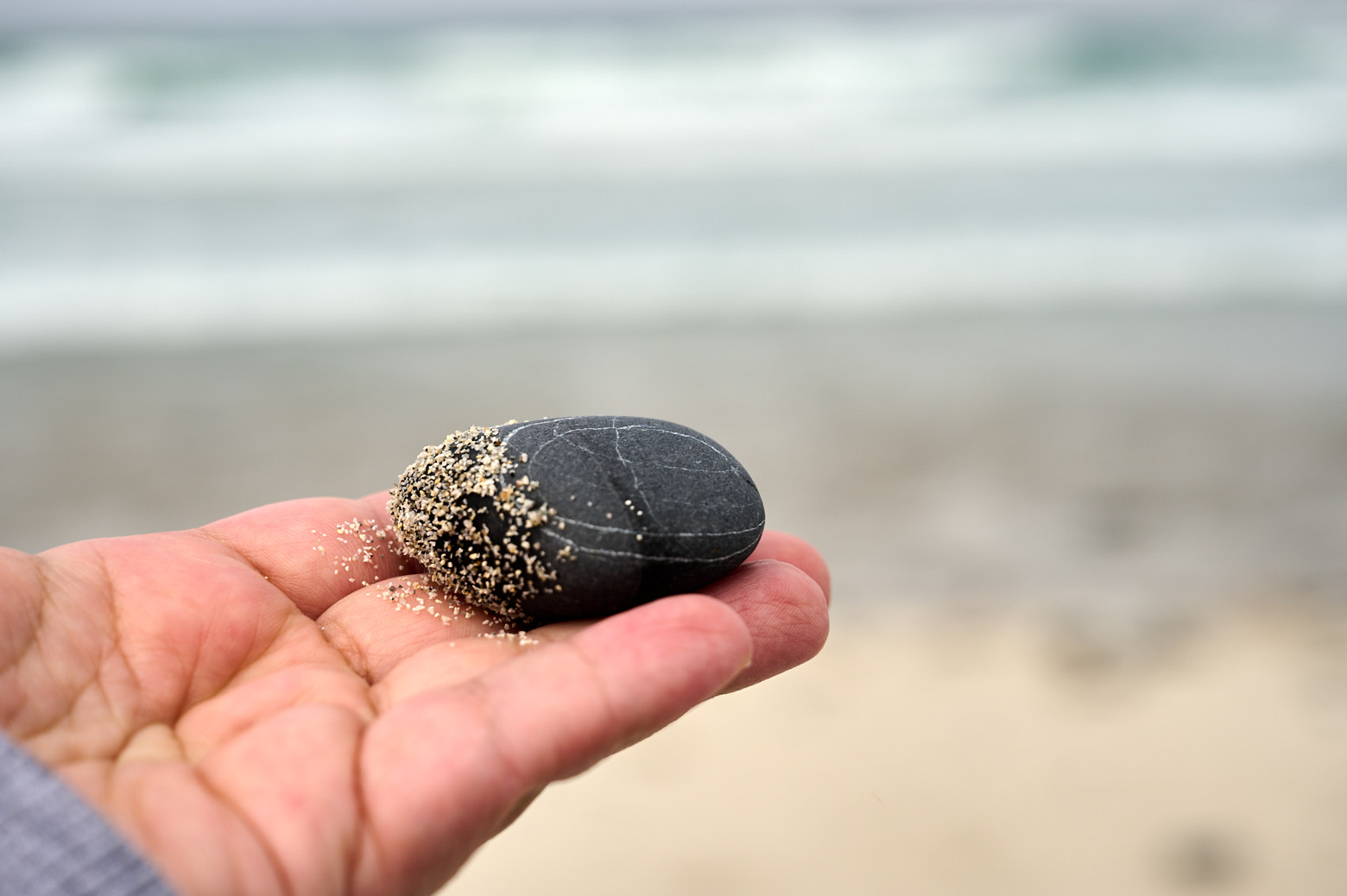
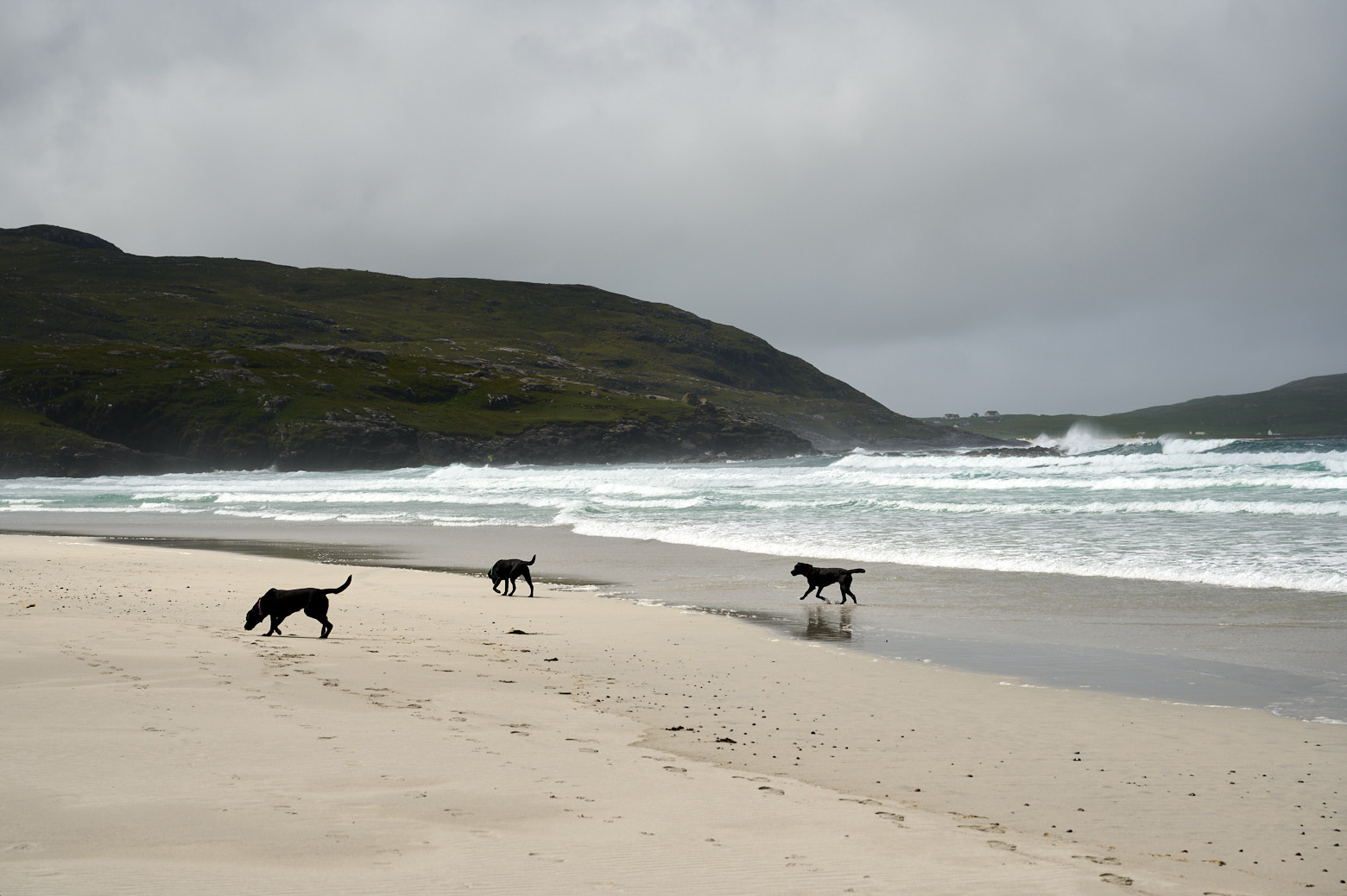
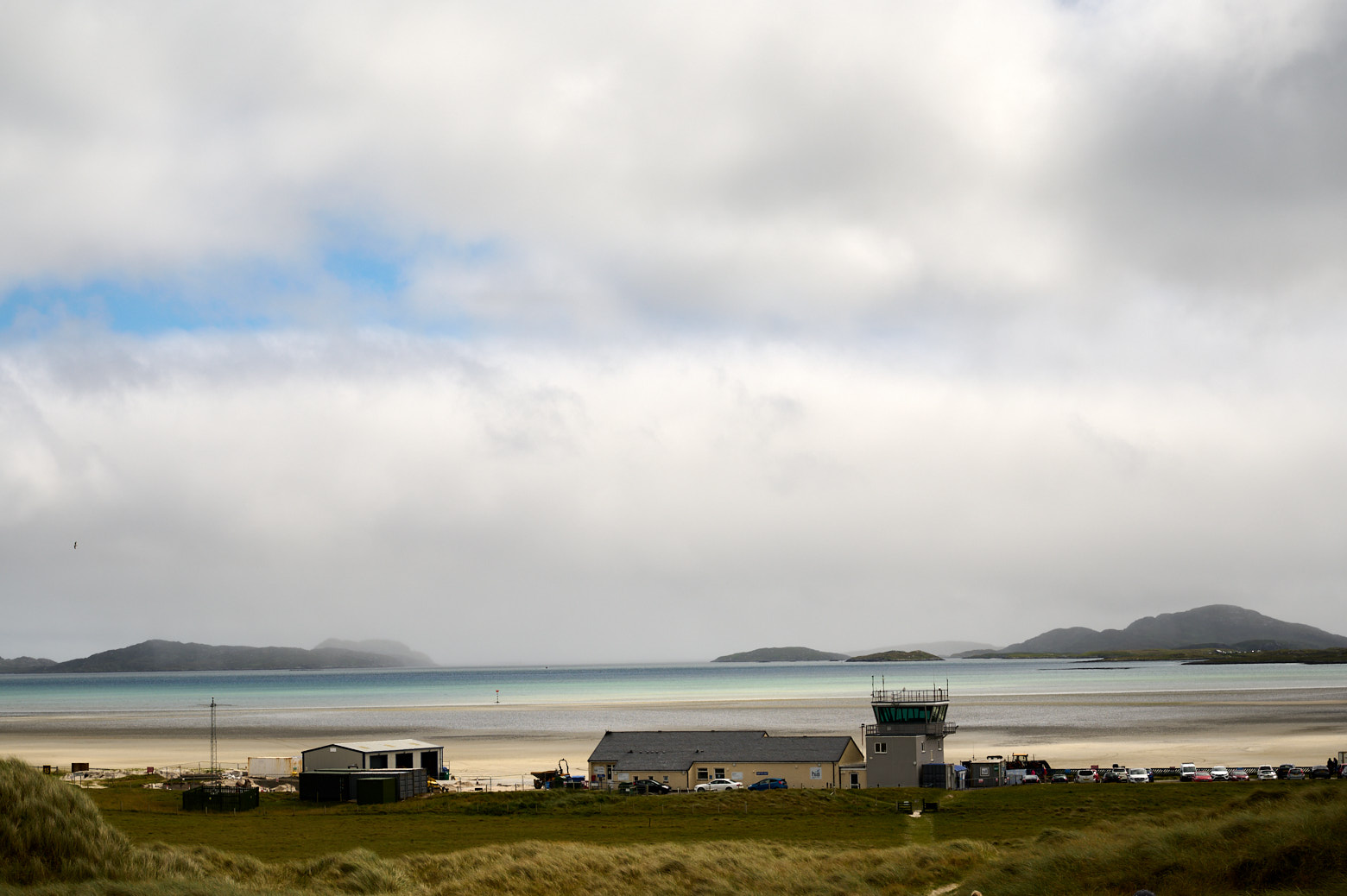
Looking back to Barra Airport from the dunes.
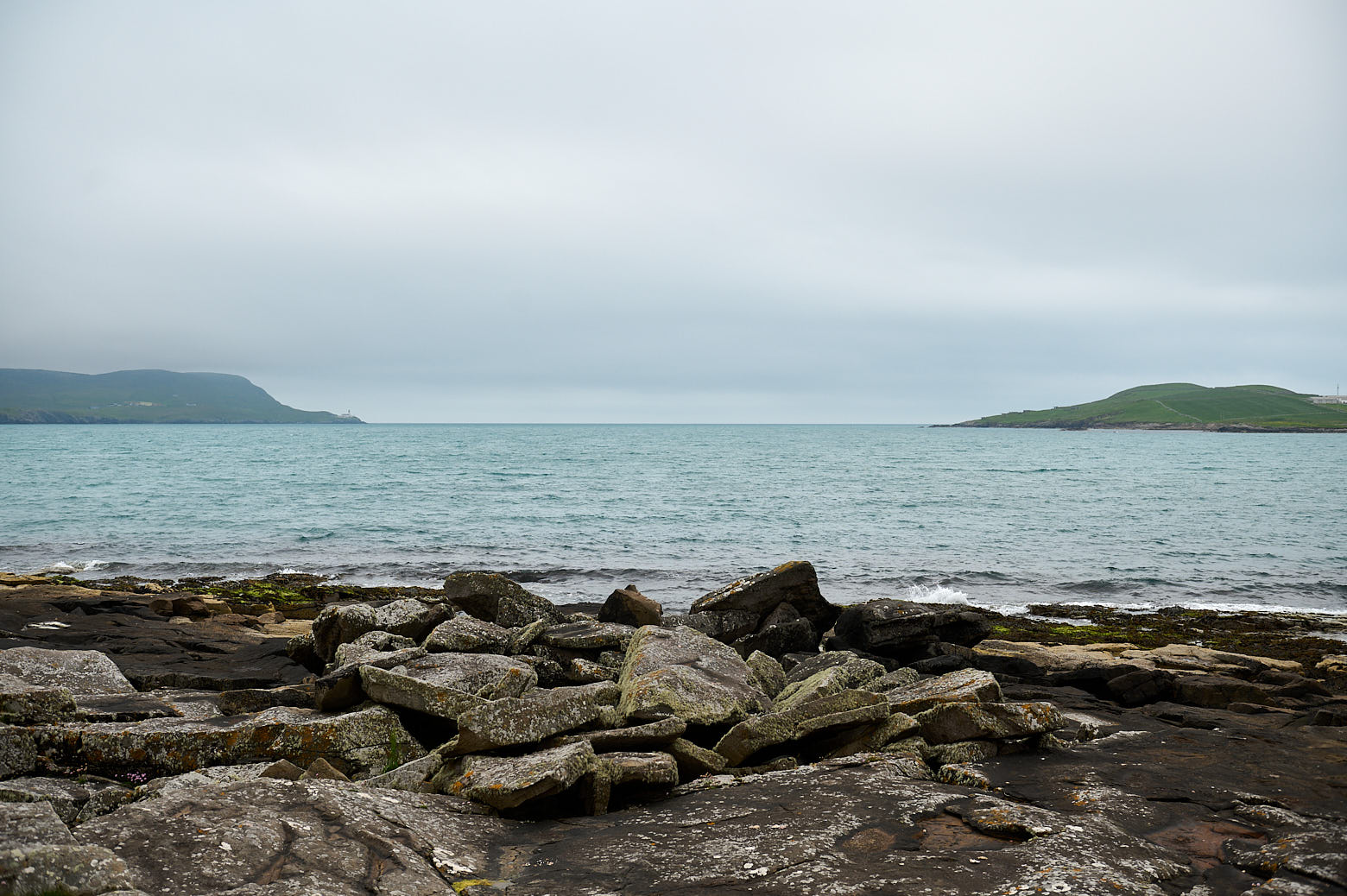
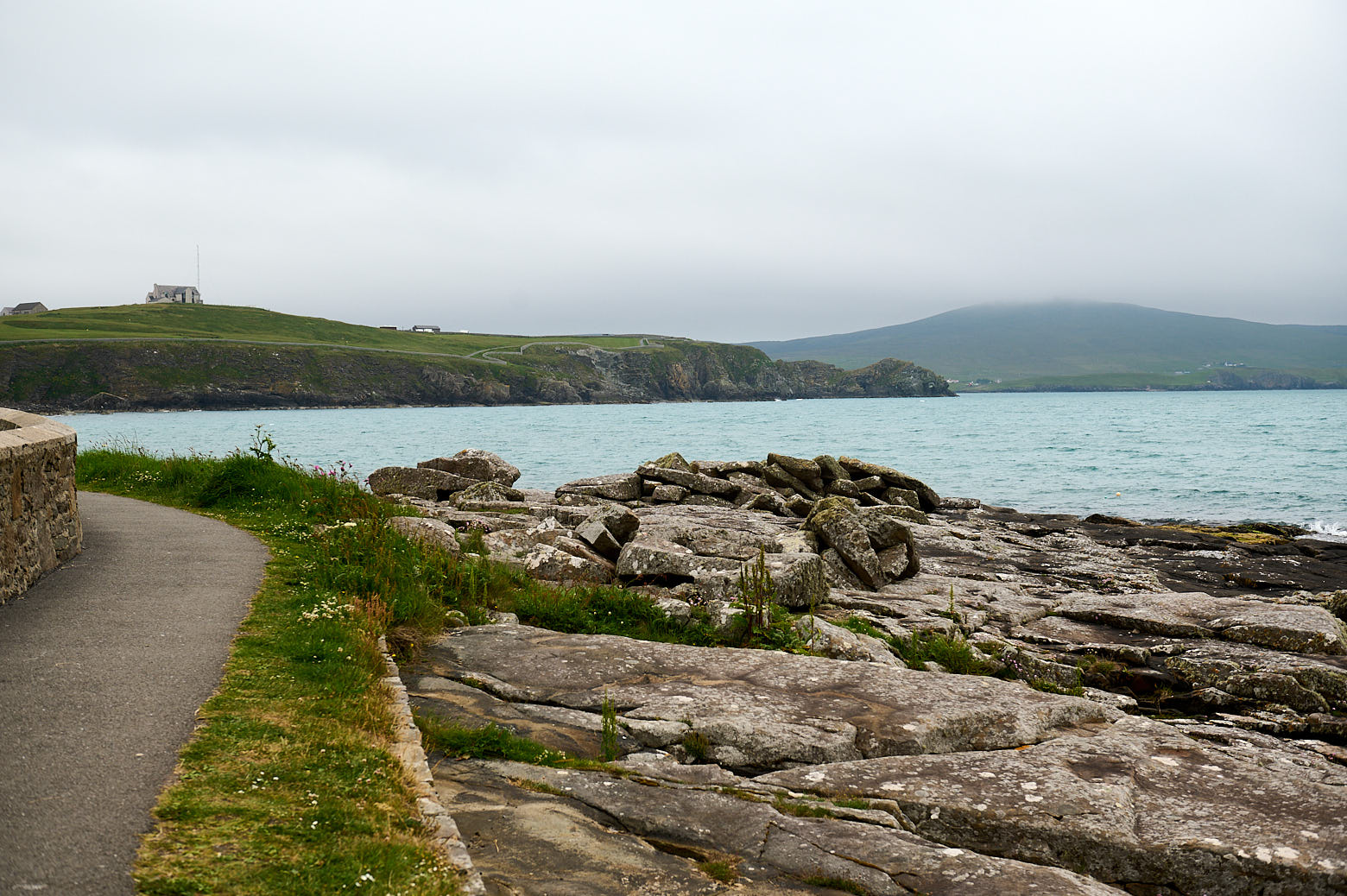
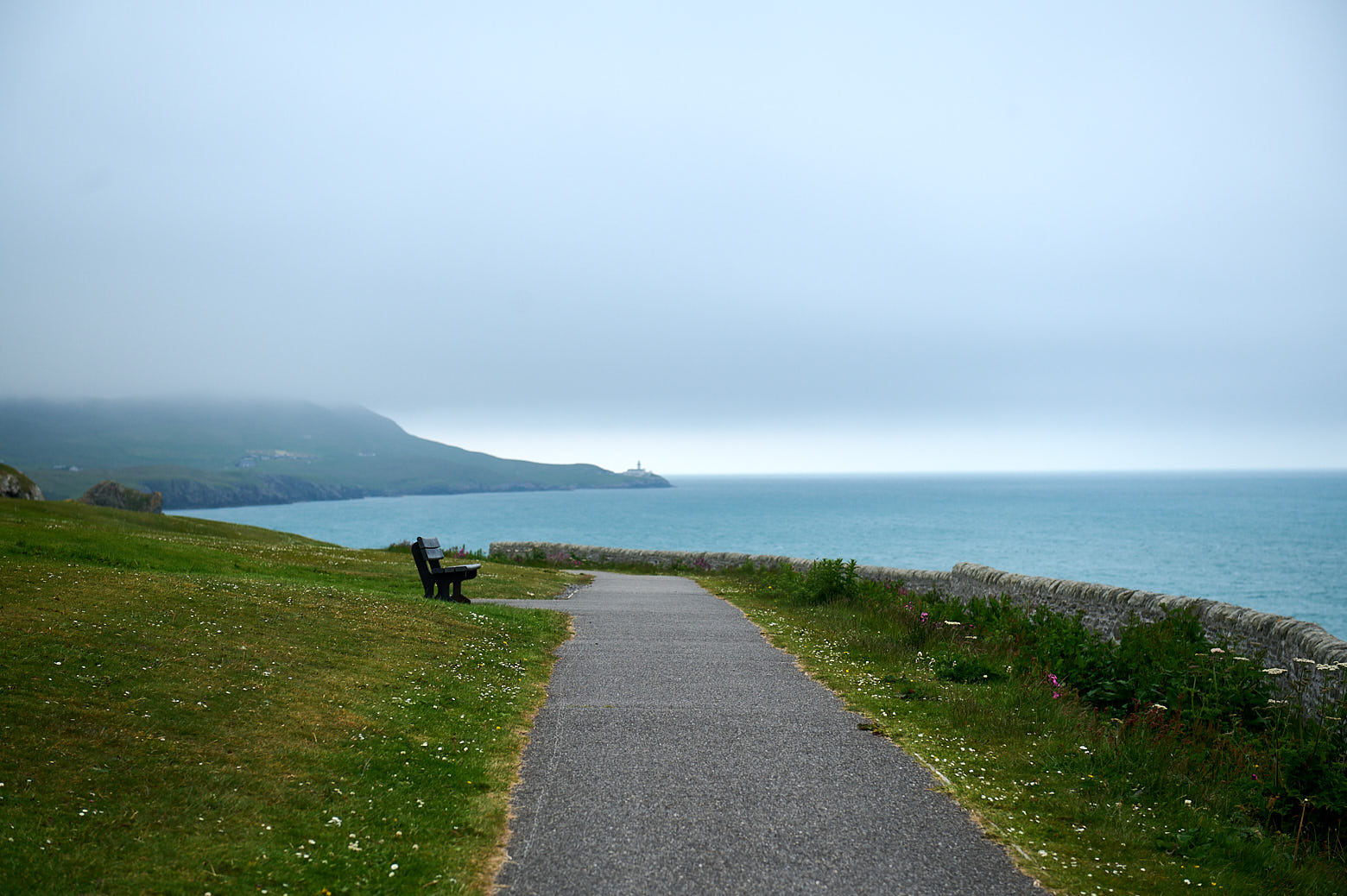
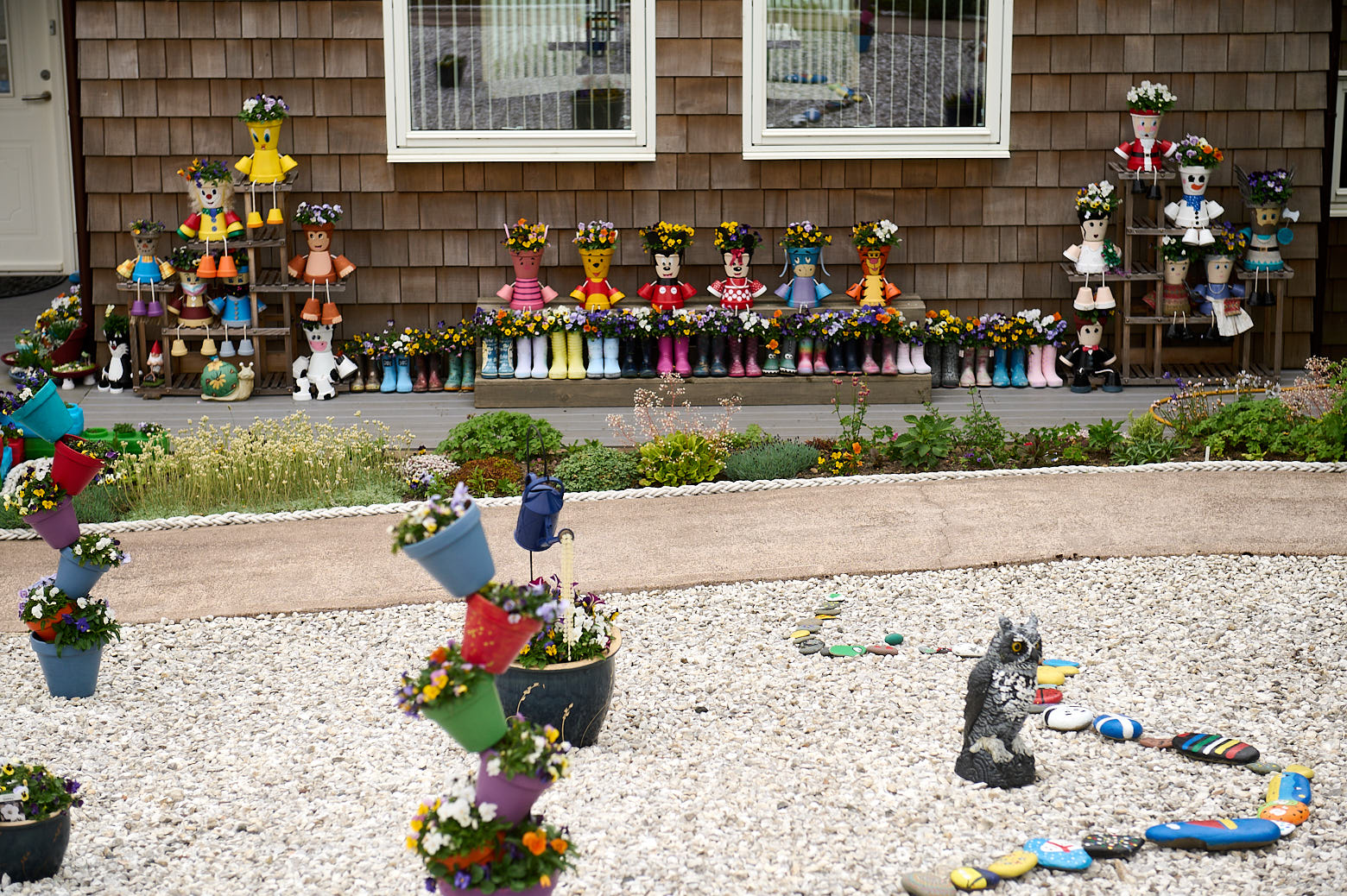
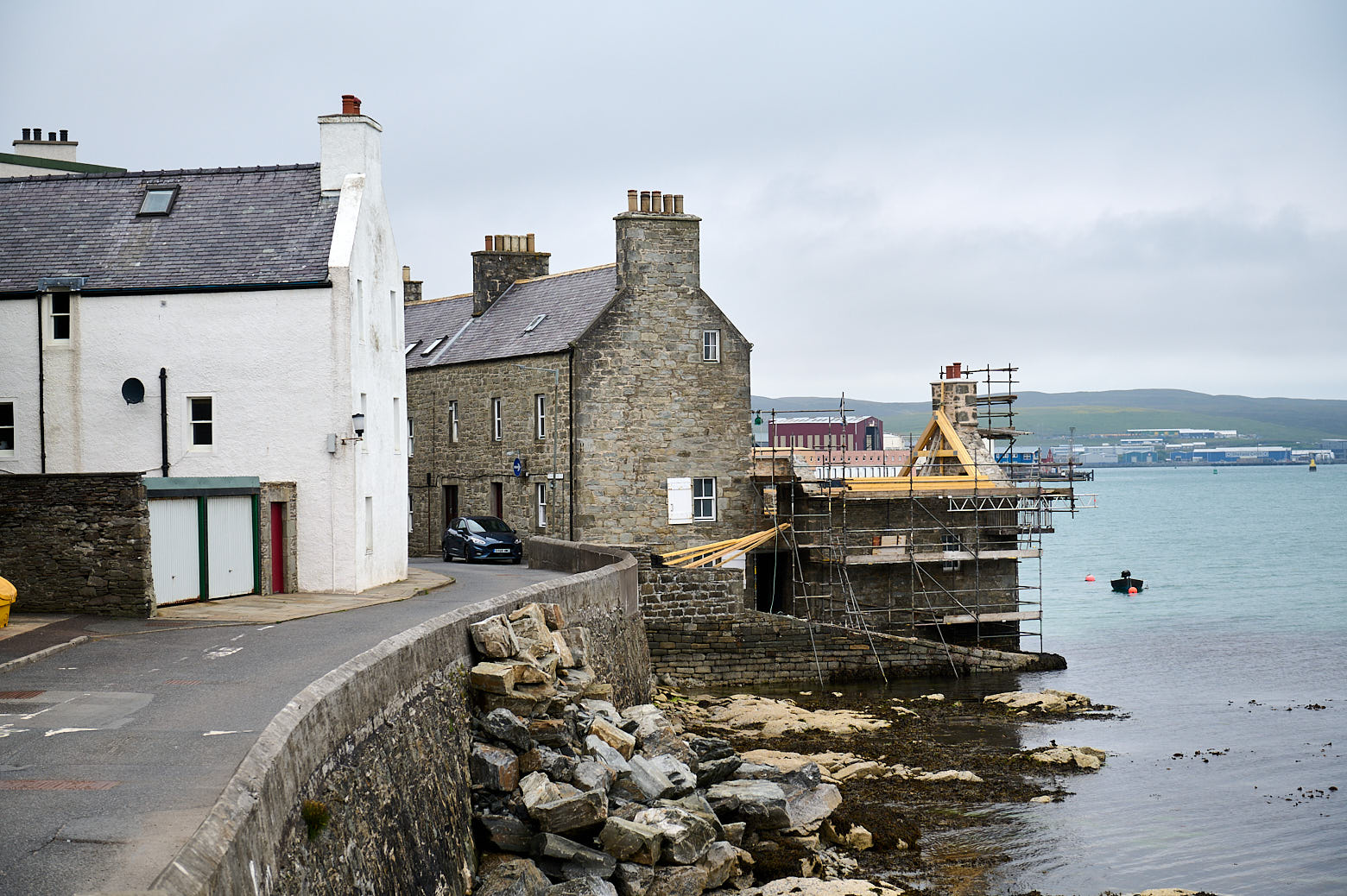
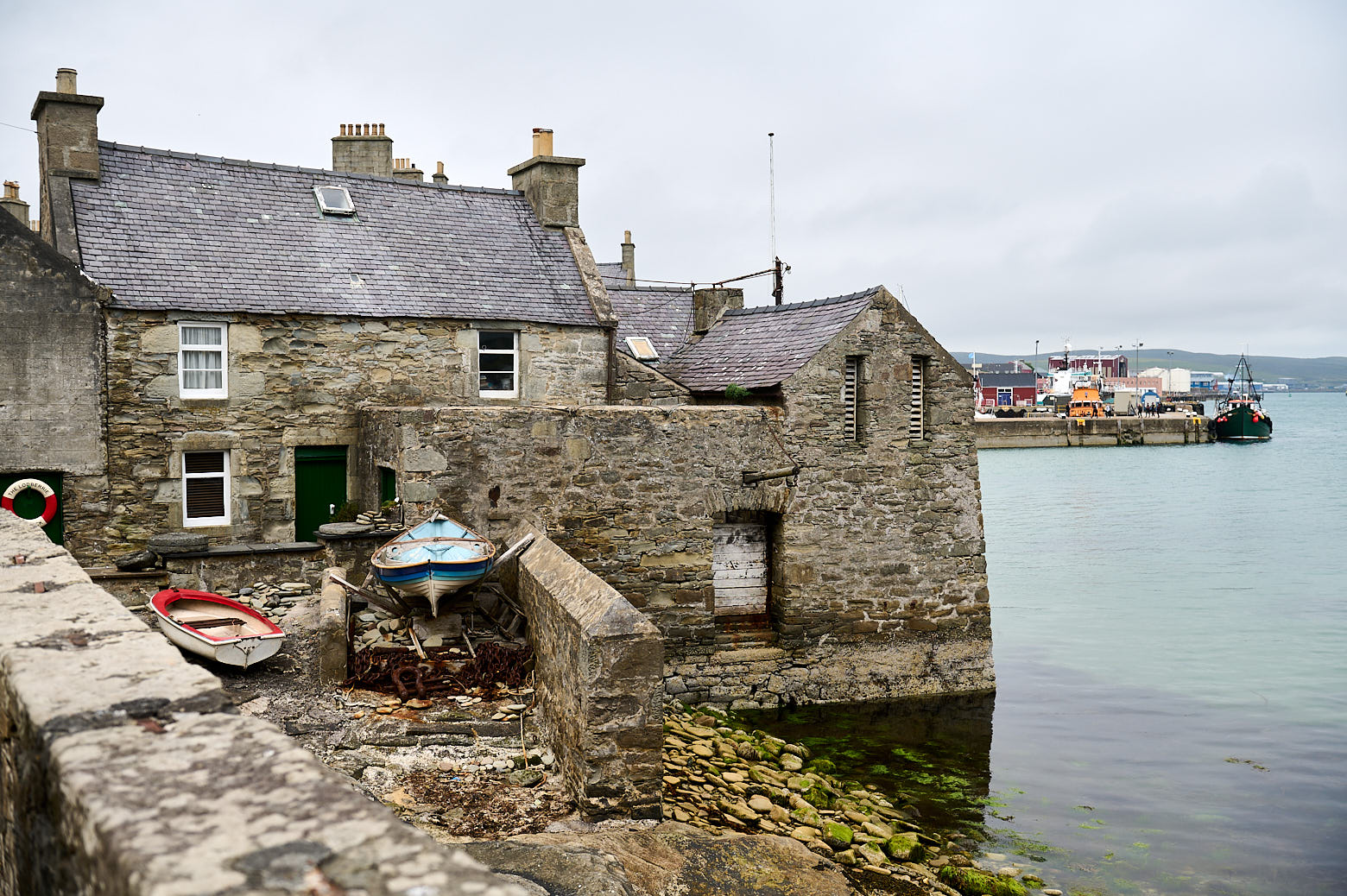
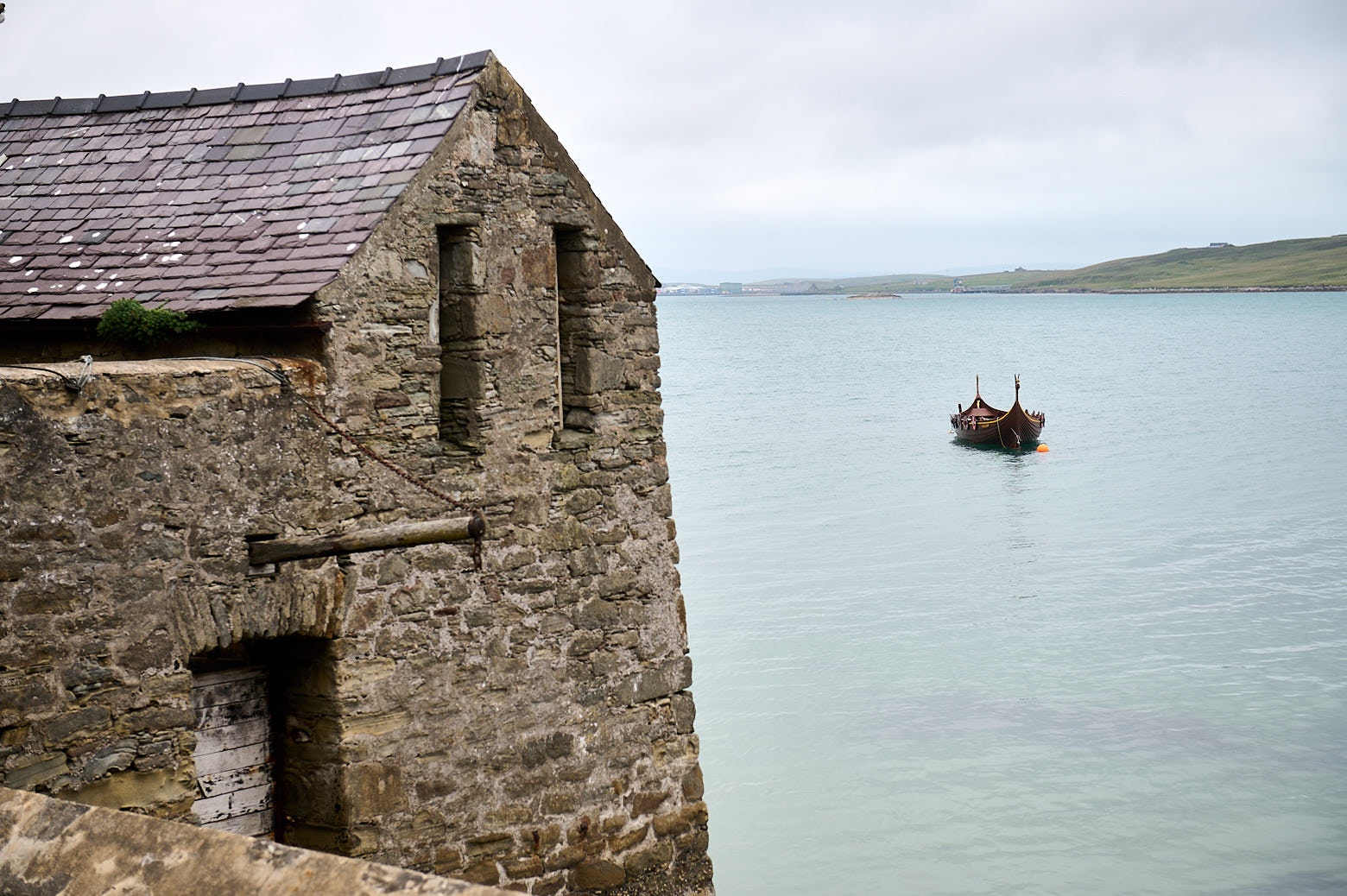

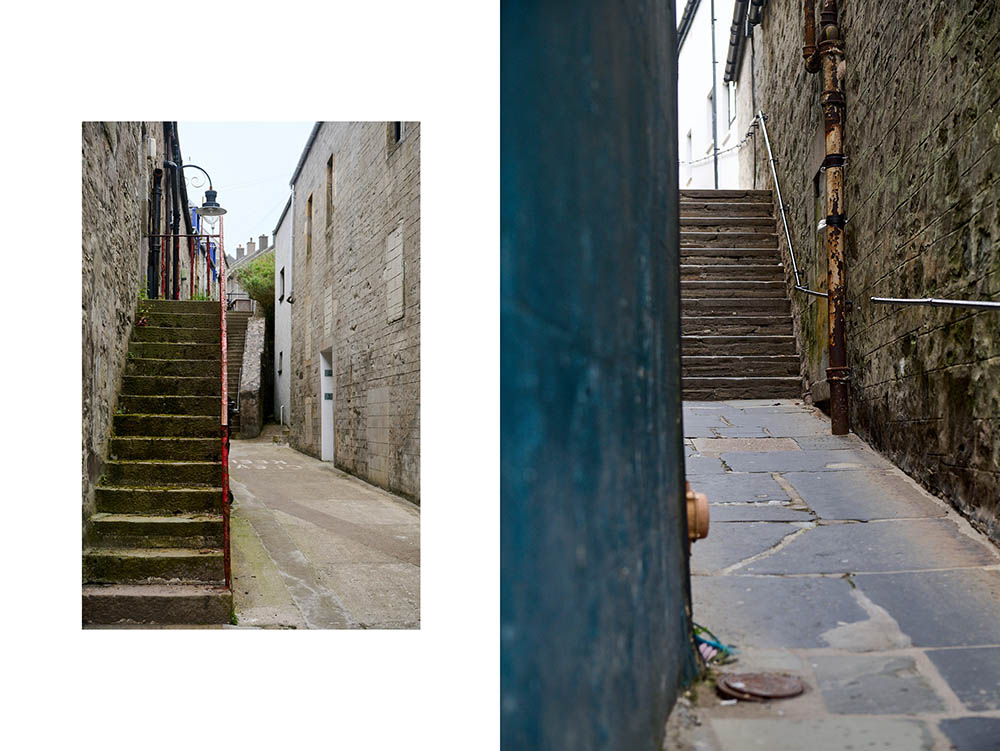
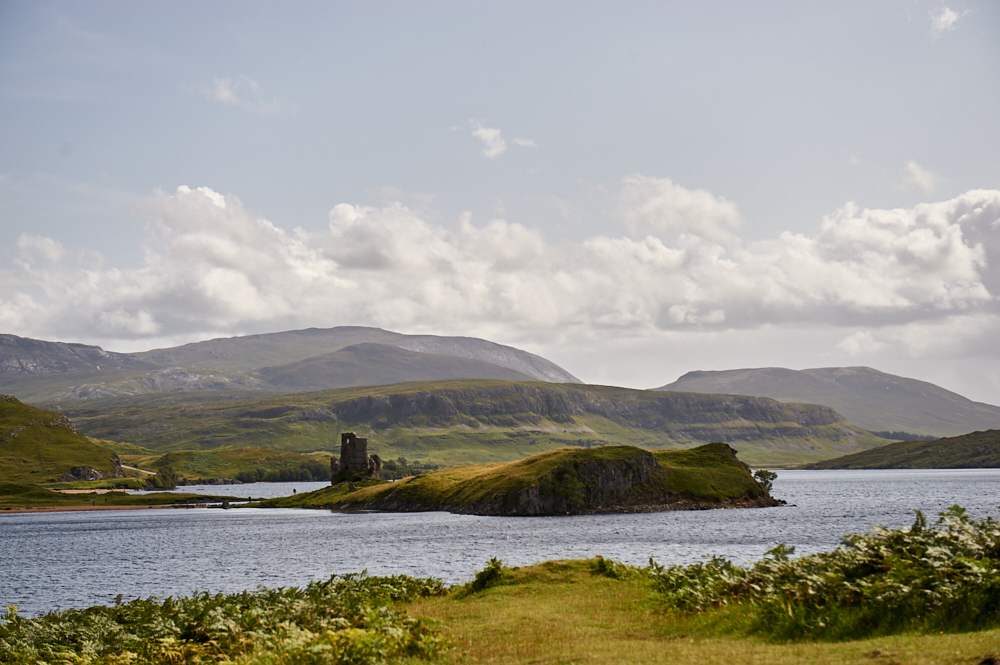
 Ardvreck Castle dates back to about 1490, a time when the land was owned by the Macleods of Assynt.
Ardvreck Castle dates back to about 1490, a time when the land was owned by the Macleods of Assynt.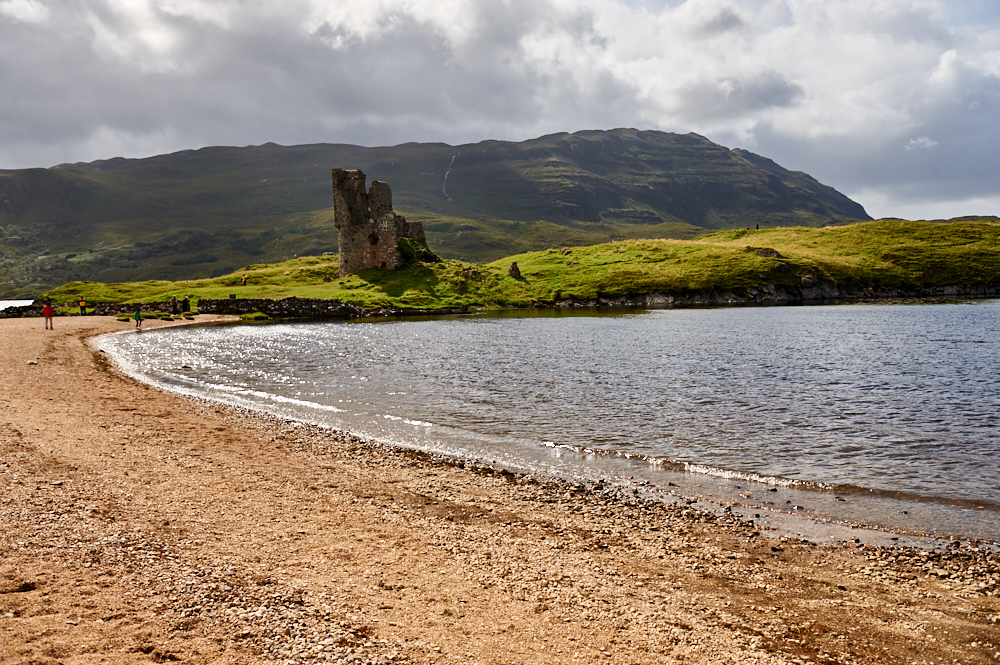
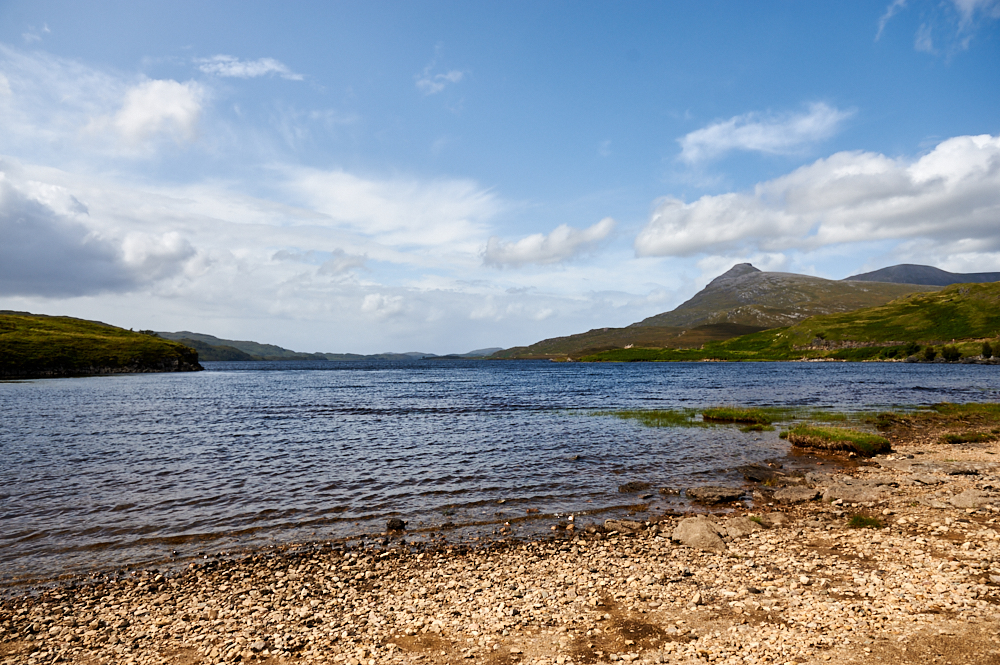 In 1758 the land and house were sold to the Earl of Sutherland.
In 1758 the land and house were sold to the Earl of Sutherland.